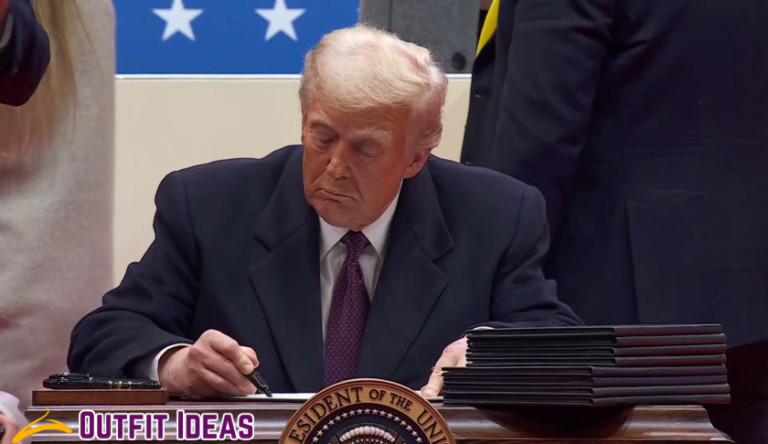President Donald Trump signed an executive order on February 18, 2025, aiming to make in vitro fertilization (IVF) more affordable and accessible for American families struggling with infertility. The move comes as the U.S. fertility rate hits historic lows, and many couples face steep financial barriers to starting a family. Here’s a breakdown of what this means:
Key Points of the Executive Order
- Lowering Costs:
- IVF treatments currently cost 12,000–12,000–25,000 per cycle, and many families require multiple cycles to conceive 16.
- The order directs federal agencies to propose policies within 90 days to “aggressively reduce” out-of-pocket expenses and expand insurance coverage.
- Only 25% of employers offer IVF coverage, and state-mandated insurance is limited, leaving many to shoulder costs alone.
- Expanding Access:
- The administration plans to ease regulatory hurdles and explore options like Medicaid expansion or mandates for private insurers to cover IVF.
- This could help LGBTQ+ couples, single parents, and others excluded by traditional infertility definitions.
- Protecting IVF Nationwide:
- The order aims to safeguard IVF access amid growing legal uncertainties, such as state laws defining life as beginning at conception—a stance that threatens embryo disposal practices critical to IVF.
- This follows backlash over a 2024 Alabama Supreme Court ruling that labeled frozen embryos as “children,” temporarily halting IVF services in the state.
Why This Matters
- Fertility Crisis: The U.S. fertility rate has dropped 3% since 2022, continuing a decade-long decline 1. Over 85,000 infants were born via IVF in 2021, highlighting its role in family-building 1.
- Emotional and Financial Strain: For 1 in 7 couples facing infertility, IVF is often their only hope—but costs can exceed $100,000 with multiple cycles.
- Political Divide: While Trump calls himself the “father of IVF,” critics argue his administration’s policies (e.g., appointing judges who overturned Roe v. Wade) contributed to IVF’s legal risks 1015. Democrats like Senator Tammy Duckworth accuse the order of being a “PR stunt,” noting GOP lawmakers blocked IVF-protection bills in 2024.
Challenges Ahead
- Implementation Hurdles: The order requires agencies to submit recommendations, but actual changes depend on Congress and state cooperation. Past GOP efforts to pass IVF laws have stalled.
- Ethical Debates: Some anti-abortion groups oppose IVF due to embryo destruction, creating tension with Trump’s pro-family messaging.
- Cost Concerns: Experts estimate universal IVF coverage could cost $7 billion annually, raising questions about funding source.
What’s Next?
- Federal agencies will draft policies by May 2025, focusing on cost reduction, insurance mandates, and legal protections.
- Advocates like RESOLVE’s Barbara Collura praise the order as “promising” but stress that affordability remains the biggest barrier.
- Critics urge Trump to support Democratic-led bills, such as the Right to IVF Act, to ensure lasting change.
In Simple Terms:
This order is a first step toward helping families afford IVF, but its success hinges on overcoming political gridlock and addressing ethical debates. For now, couples like Sarah and Mark—who spent $60,000 on three failed IVF cycles—are cautiously hopeful. As Sarah says, “It’s not just about money; it’s about giving people a real chance to become parents.”
For more details, visit White House Fact Sheet or RESOLVE: The National Infertility Association.






